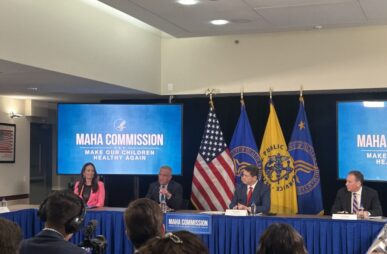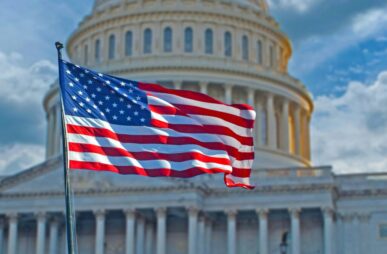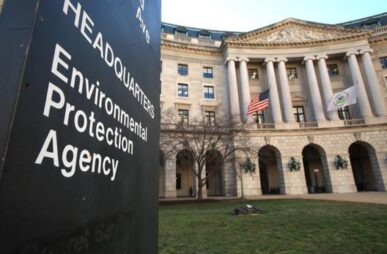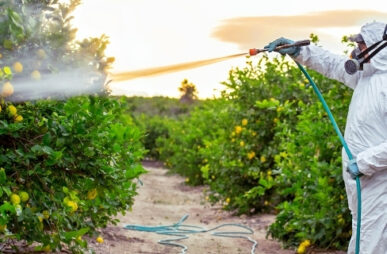MAHA report draws fire as critics say corporate pressure trumps public health
A long-awaited and highly controversial report issued on Tuesday by the Trump administration’s “Make America Healthy Again” (MAHA) commission provides a few “crumbs” for public and environmental health advocates, but big wins for powerful food and chemical industries seeking to skirt limits on their products and practices.









